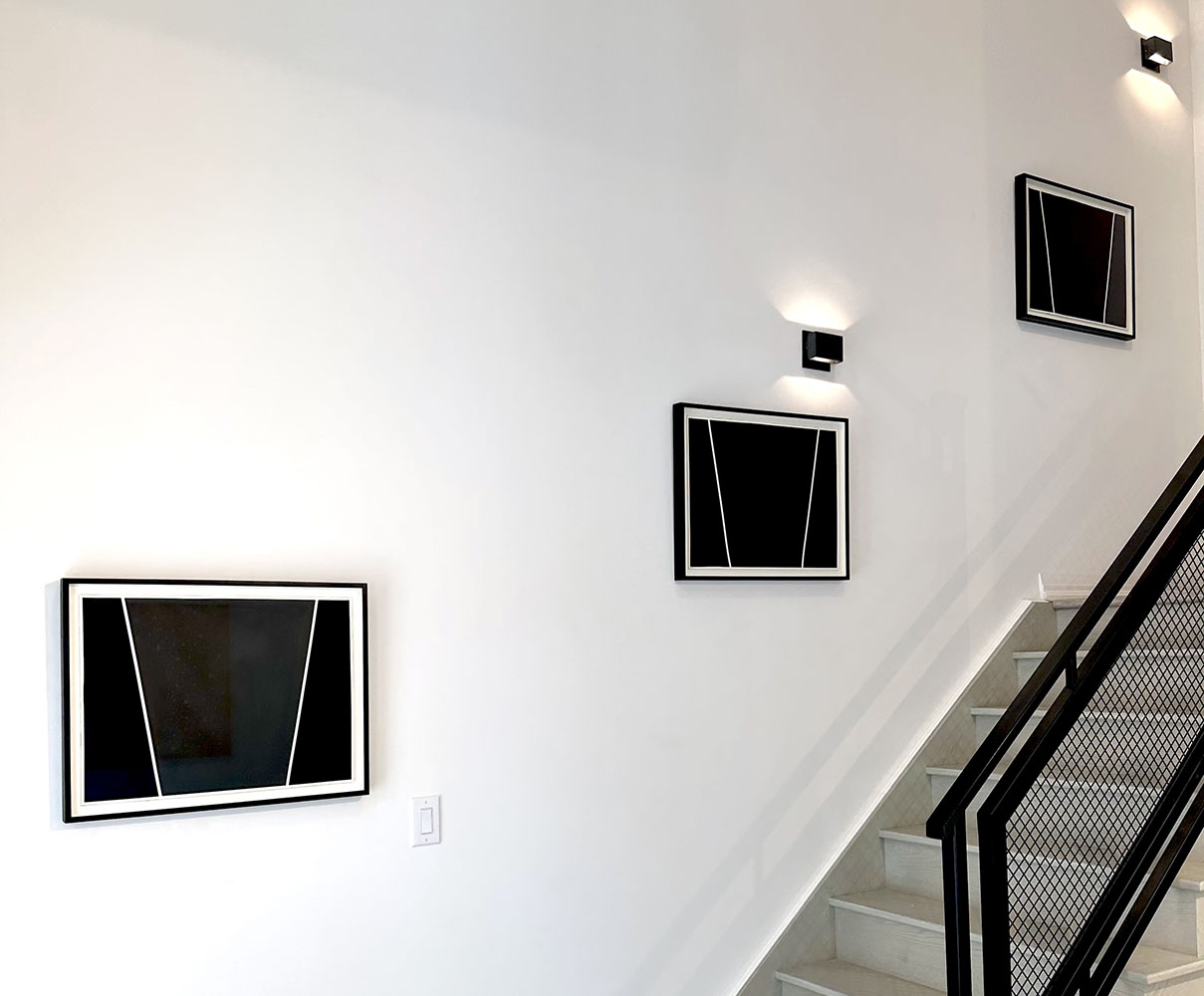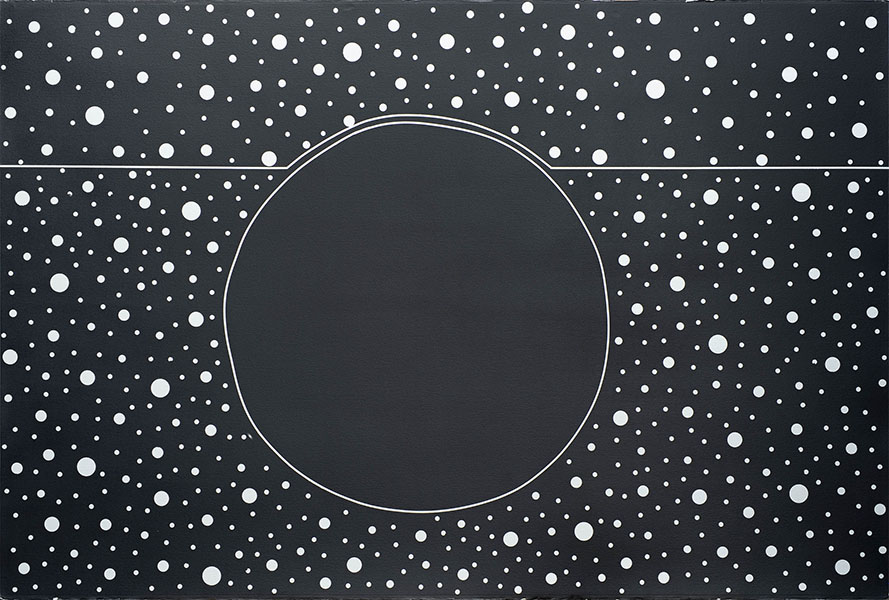↑ ↓ ↑ ↓
These works are all from 1980-1, 18x24" 46x61cm, Japanese Sumi ink on paper.
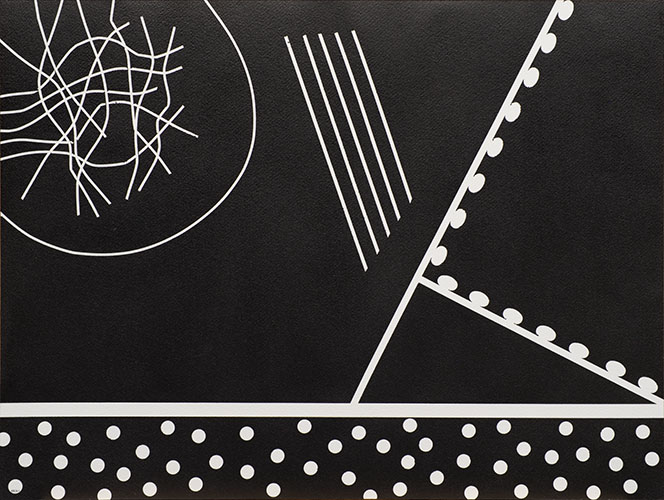 803340606 - click to see large |
 803540624 - click to see large |
 803751003 - SOLD |
The four images above are viewable in very large versions
↑ ↓ ↑ ↓
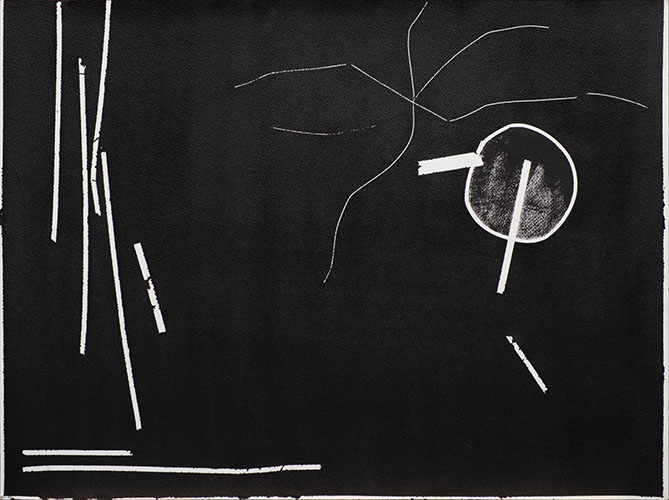 803841211 (consigned) |
 813100215 (consigned) |
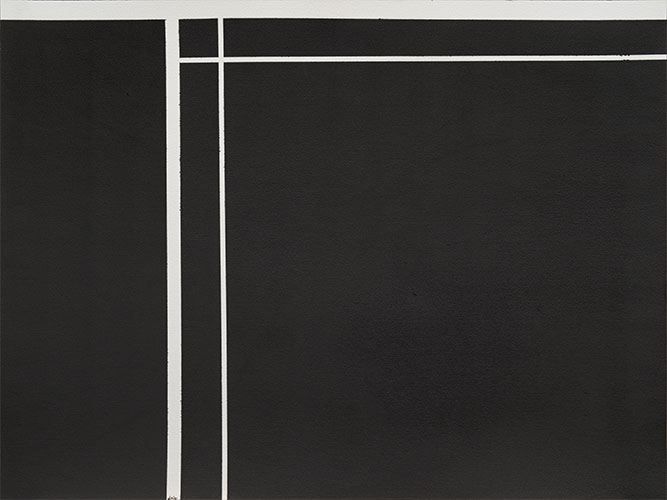 813120216 (consigned) |
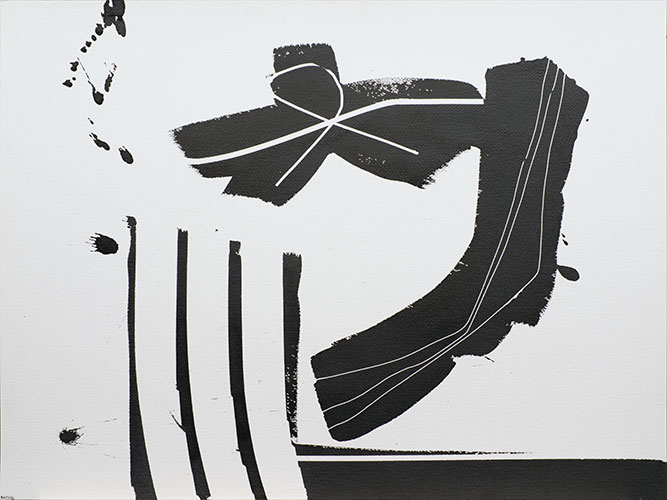 813130226 |
 813170304 (consigned) |
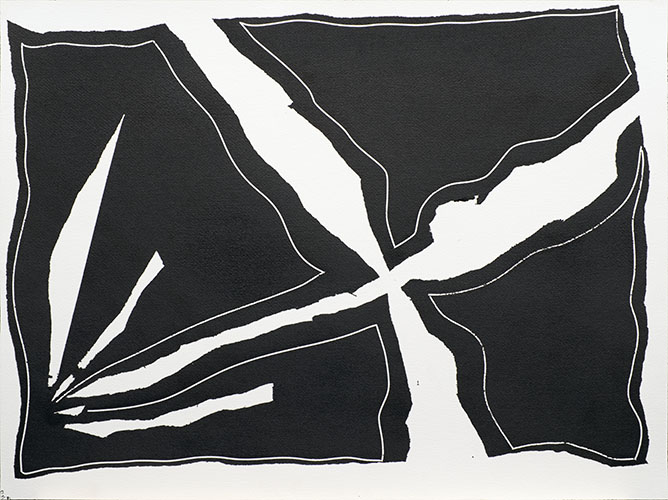 813180305 (consigned) |
 813280406 - SOLD |
 813300410, ink and gouache |
 813310411, ink and gouache - SOLD |
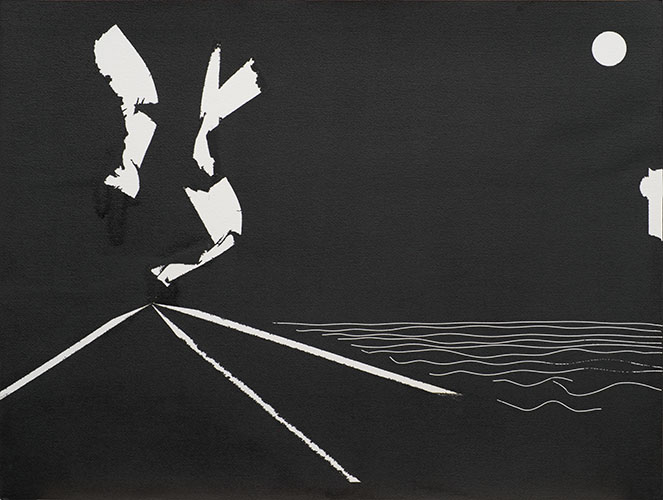 813330417 - SOLD |
 813340418 |
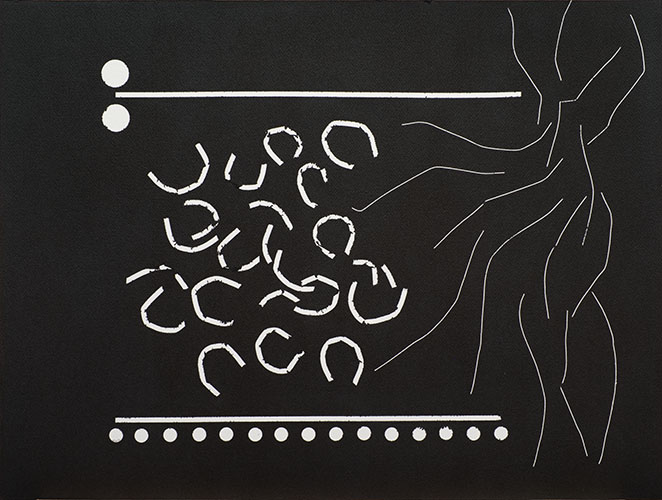 813380421 (consigned) |
 813320417 |

833280606 (consigned) |
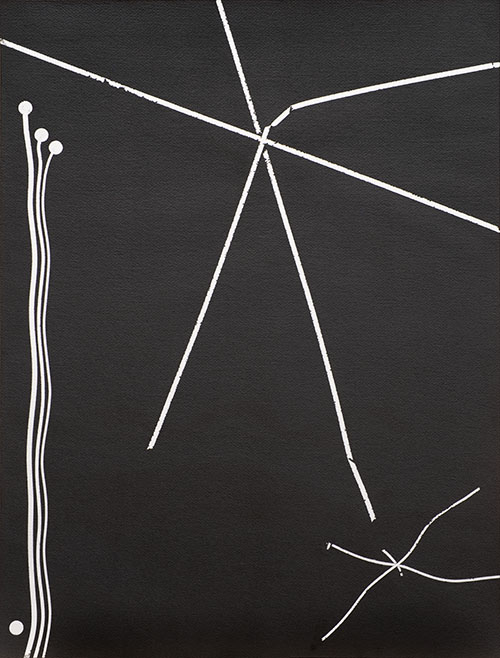 813350418 (consigned) |
↑ ↓ ↑ ↓
Joseph Rumi writes:
In the early 1980s Ronald Bloore (Canadian artist and founder of the painters group, The Regina Five) produced a series of abstract drawings - black ink on white paper, each work left untitled. The drawings were made by adhering tape to the paper's surface before the application of ink. By removing the tape, Bloore would unveil abstract marks and motifs - a number of which are found throughout his oeuvre. Michael Brodzky describes the Bloore Sumi ink drawing [in his collection] as "a kind of Rosetta Stone, or more appropriately, like the Disk of Phaistos, a codex pregnant with visual significance but without any known verbal equivalent." Bloore's symbol-like forms are brought into sharp focus in his drawings, appearing before the viewer as both individual entities (a small circle, a jagged line) and negative space, with the white of the paper signifying infinity. Their simultaneous presence as complete forms and infinite space recalls Bloore's description of his works as "fragments of infinity." This is perhaps also what led Terrence Heath to observe that Bloore's practice is "primarily about image making, it is iconography. And although the image may or may not be representational in the sense of signifying a perceived reality, it is nevertheless a meaningful sign in a visual language. The image is about content, not form for its own sake." (1)
↑ ↓ ↑ ↓
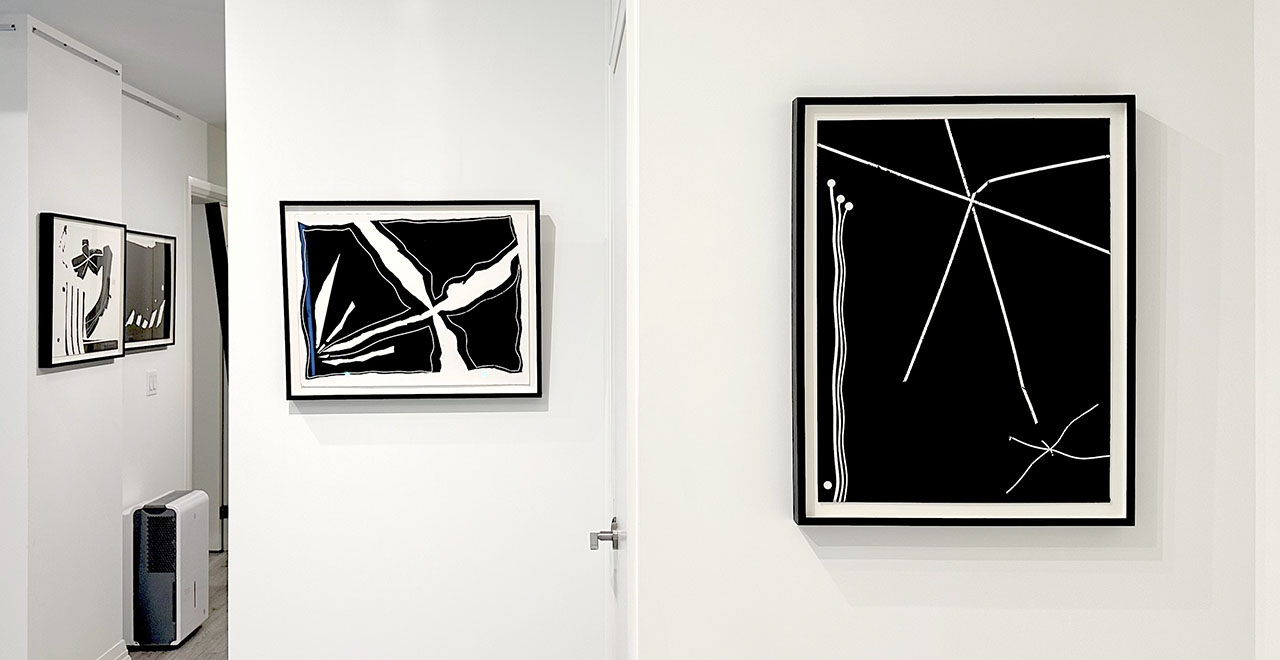
Born in Brampton, Ontario, Bloore studied art and archaeology at the University of Toronto and the Institute of Fine Arts in New York city. He also completed an MA at Washington University in St. Louis, Missouri and studied at the Courtauld Institue of Art in London before teaching in the art and archaeology departments of Washington University and the University of Toronto. The artist’s academic background and wider interests in cultural history were an important influence in his professional life. In 1951, at the age of 25, Bloore wrote to Canadian Art magazine in a Letter to the Editor, stating: “Prevalent regional policy, sanctimoniously maintained, of never looking beyond our borders, or too often city limits, must be abolished. Anything will appear good or adequate when seen in no context but its own.”
↑ ↓ ↑ ↓
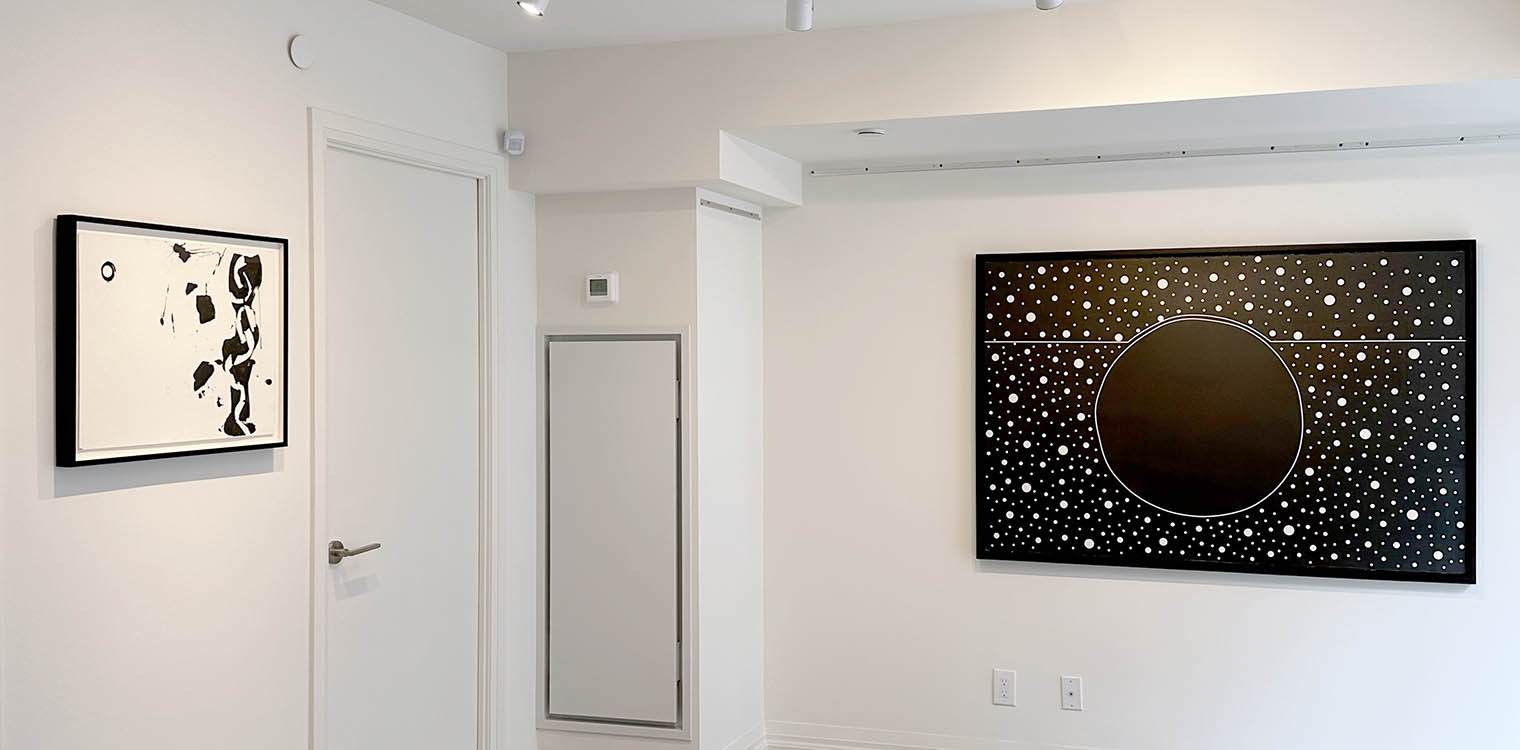
Ronald Bloore - Ink and Iconography considers the Sumi ink drawings not only within the context of Canadian abstraction, but through the lens of the artist’s academic pursuits and awareness of global art practices.
In a catalogue essay for a travelling retrospective exhibition of Ronald Bloore’s work at the Mackenzie Art Gallery, Regina, Terrence Heath mentions a notebook amongst Bloore’s papers in which the artist had prepared his lectures on Chinese Archaeology for an introductory course at the University of Toronto. He notes “hundreds of small sketches tracing Chinese ideograms, hand gestures and the relation of these to natural objects…What we see in them,” he explains, “is Bloore’s early interest in the relationship of calligraphy to painting. Painting begins with line; writing ends with image. There is an overlapping where text and painting are in fact one visual language…” (2)
↑ ↓ ↑ ↓
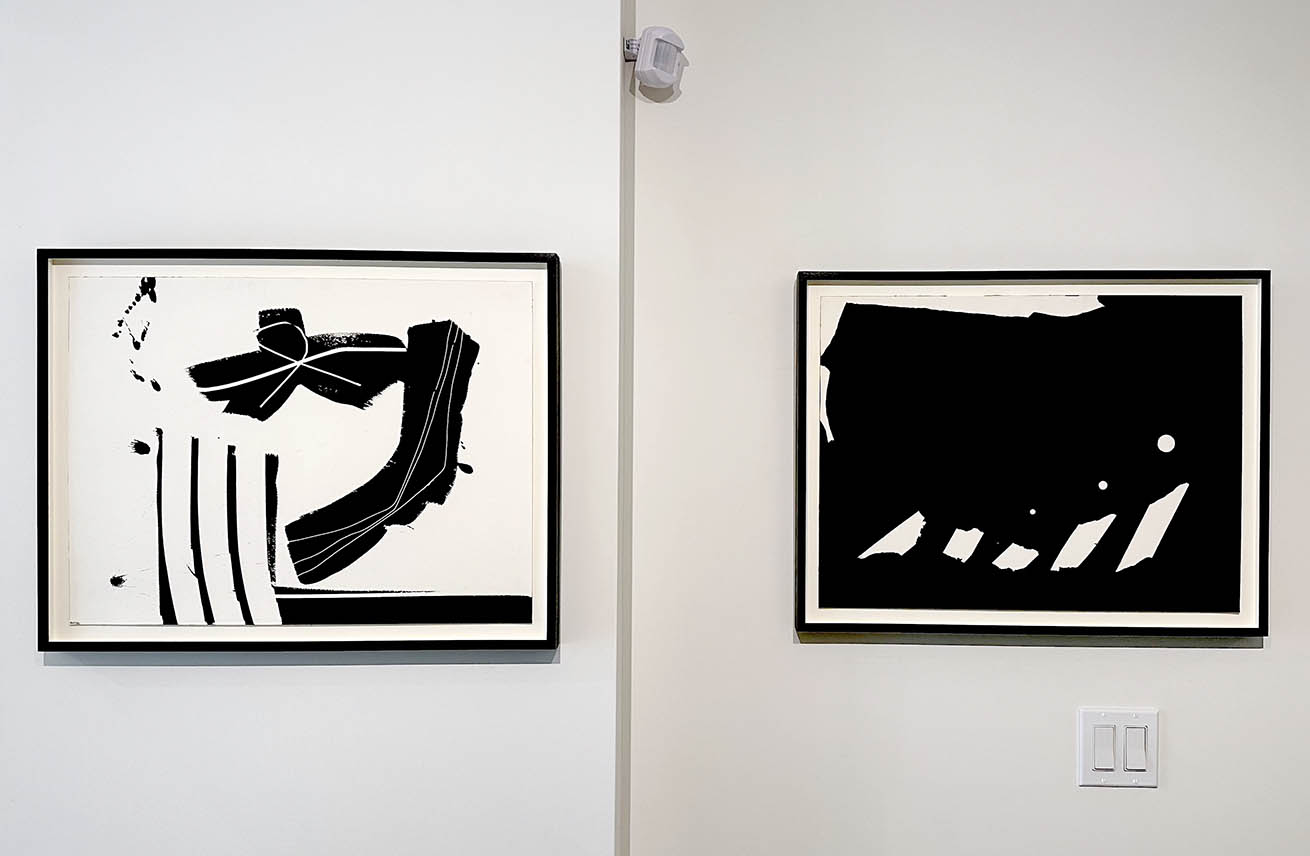
This relationship between image and writing also forms the basis of iconography. The term itself - “iconography” - comes from the Greek words eikon (image) and graphe (writing), pointing to the notion of “image-writing.” The nature of visual language as being rooted in the material (marks on a cave wall, an image impressed in stone, a line of ink on paper) and simultaneously embodying ideas, stories, and values beyond these physical limits lies at the heart of Ronald Bloore’s artistic philosophy. For centuries, human beings have conveyed messages and meanings through visual forms. Historians access worlds outside of their own time through iconographic analysis; people experience and express the sacred through architectural spaces. To look at one of Bloore’s ink drawings is to encounter a visual mark made in ink on a paper surface and to enter, through this mark, a space of contemplation.
↑ ↓ ↑ ↓
